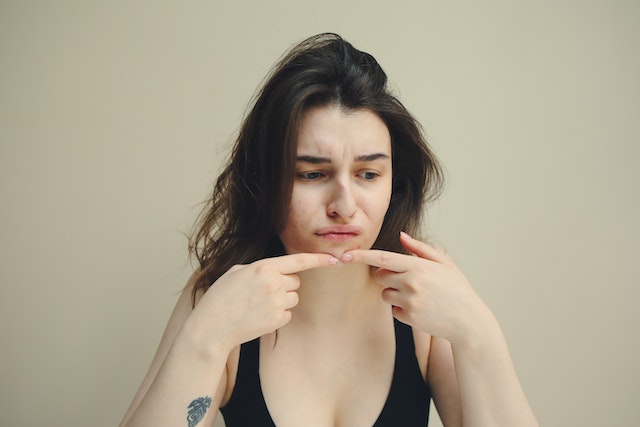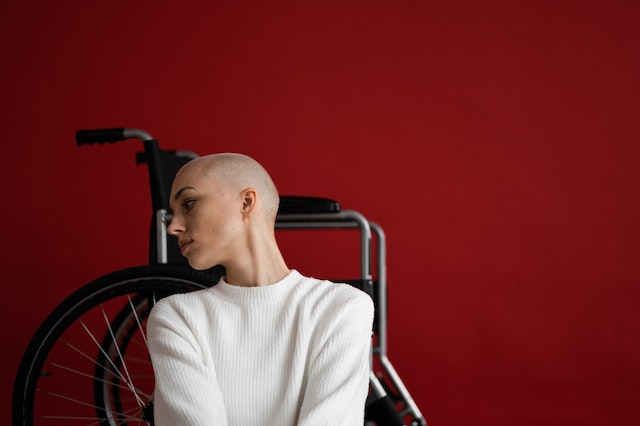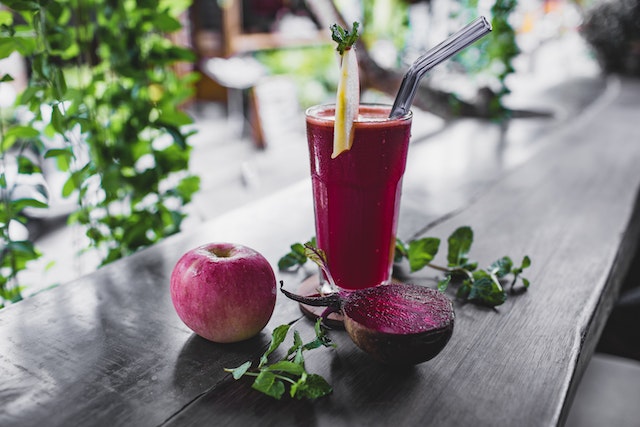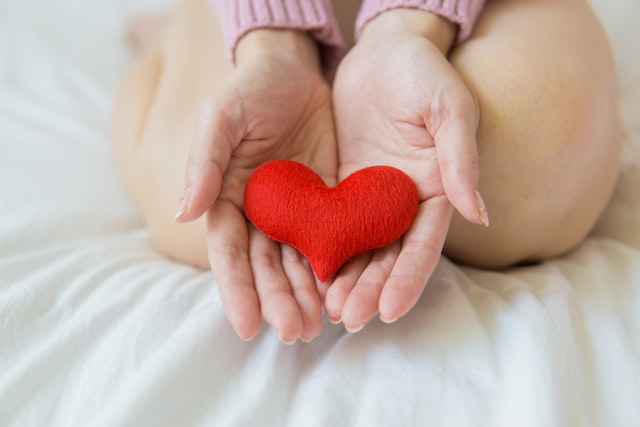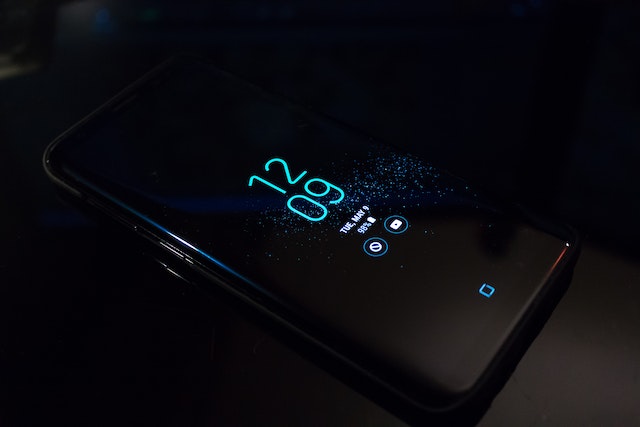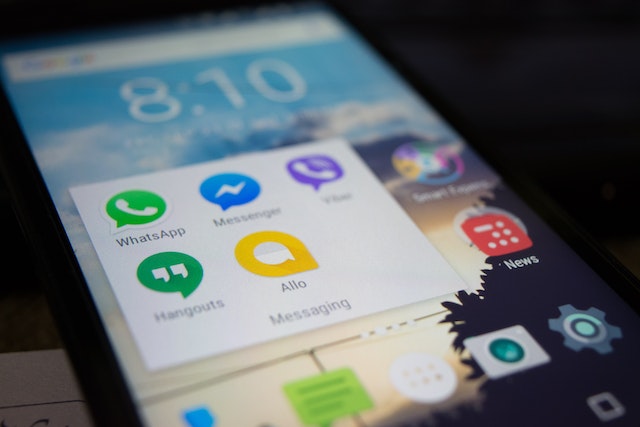Herpes sores and pimples are two common skin conditions that can appear similar at first glance. However, they have different causes, characteristics, and treatments. Understanding the differences between these two conditions is important for proper identification and management.
Herpes sores and pimples are often mistaken for each other due to their similar appearance. However, there are several key differences that can help you distinguish between the two.
| Pimples | Herpes Blisters |
|---|---|
| Causes: | Causes: |
| – Clogged pores, excess oil production, and bacterial infection | – Herpes simplex virus (HSV) infection |
| Appearance: | Appearance: |
| – White or yellowish head | – Cluster of small, fluid-filled blisters |
| – Redness and inflammation | – Clear fluid-filled center |
| Location: | Location: |
| – Face, back, chest, shoulders | – Lips, mouth, genital area |
| Other Symptoms: | Other Symptoms: |
| – Pus, dead skin cells, and bacteria may be discharged | – Tingling, itching, or burning sensations before blisters appear |
| – Possible flu-like symptoms during outbreaks | – Recurrent outbreaks with flu-like symptoms |
| Testing: | Testing: |
| – Generally diagnosed based on appearance and symptoms | – Visual examination and additional tests (viral cultures, blood tests) for confirmation |
| Treatment: | Treatment: |
| – Topical treatments, oral medications, lifestyle changes | – Antiviral medications to manage outbreaks and reduce transmission |
| Prevention: | Prevention: |
| – Good skincare, proper hygiene | – Avoiding direct contact with infected individuals, practicing safe sex |
Identifying the Sores
Herpes sores, also known as cold sores or fever blisters, are caused by the herpes simplex virus (HSV). These sores are typically small, fluid-filled blisters that appear on or around the lips, mouth, or genital area. They can be painful and may form clusters. Pimples, on the other hand, are typically raised, inflamed bumps that can occur anywhere on the body, including the face, back, and chest.
Discharge
Herpes sores often have a clear or yellowish fluid inside them. As they progress, the fluid may become cloudy or bloody. Pimples, on the other hand, may contain pus, which is a thick, white, or yellowish substance. When squeezed, pimples may release this pus, whereas herpes sores should not be popped or squeezed, as it can spread the infection.
Nature
Herpes sores are caused by a viral infection and are highly contagious. They can be transmitted through direct contact with an infected person or through saliva or genital secretions. Pimples, on the other hand, are not contagious and are usually caused by clogged pores and excess oil production.
Location
Herpes sores commonly appear on or around the lips, mouth, and genital area. They can also occur on the fingers, eyes, and other parts of the body. Pimples can occur on any part of the body where there are hair follicles, including the face, back, chest, and shoulders.
Other Symptoms
In addition to the differences in appearance and location, there are other symptoms that can help differentiate between herpes sores and pimples. Herpes sores may be accompanied by flu-like symptoms, such as fever, swollen lymph nodes, and body aches. Pimples, on the other hand, do not typically cause these systemic symptoms.
How Do You Know for Sure?
If you are uncertain whether a sore is a pimple or a herpes sore, it is important to consult a healthcare professional for an accurate diagnosis. They can perform a physical examination and, if necessary, order laboratory tests, such as a viral culture or polymerase chain reaction (PCR) test, to confirm the presence of the herpes simplex virus.
FAQs
1. Can Herpes Sores be Mistaken for Pimples?
Yes, herpes sores and pimples can be mistaken for each other due to their similar appearance. However, there are distinguishing factors such as location, discharge, and associated symptoms that can help differentiate between the two.
2. Can Pimples Test Negative for All Herpes Tests?
Yes, pimples are not caused by the herpes simplex virus, so they will test negative for all herpes tests. Herpes tests are specifically designed to detect the presence of the herpes simplex virus.
3. Can you Pop Herpes sore like a Pimple?
No, it is not recommended to pop or squeeze a herpes sore. Popping herpes sore can cause the virus to spread and increase the risk of infecting others or other parts of the body.
4. Are Herpes Sores Always Painful?
Herpes sores can be painful, especially during the initial outbreak. However, the severity of pain can vary from person to person and throughout the course of the infection.
5. Can pimples be Contagious?
Pimples are not contagious. They are caused by factors such as excess oil production, clogged pores, and bacteria. However, certain skin conditions, such as acne, can increase the risk of developing pimples.
Conclusion
Herpes sores and pimples may look similar at first glance, but they have distinct characteristics and causes. Herpes sores are caused by the herpes simplex virus, are highly contagious, and often appear on the lips, mouth, or genital area. Pimples, on the other hand, are caused by clogged pores and excess oil production, are not contagious, and can occur on various parts of the body. If you are unsure about the nature of a sore, it is important to seek medical advice for an accurate diagnosis.

